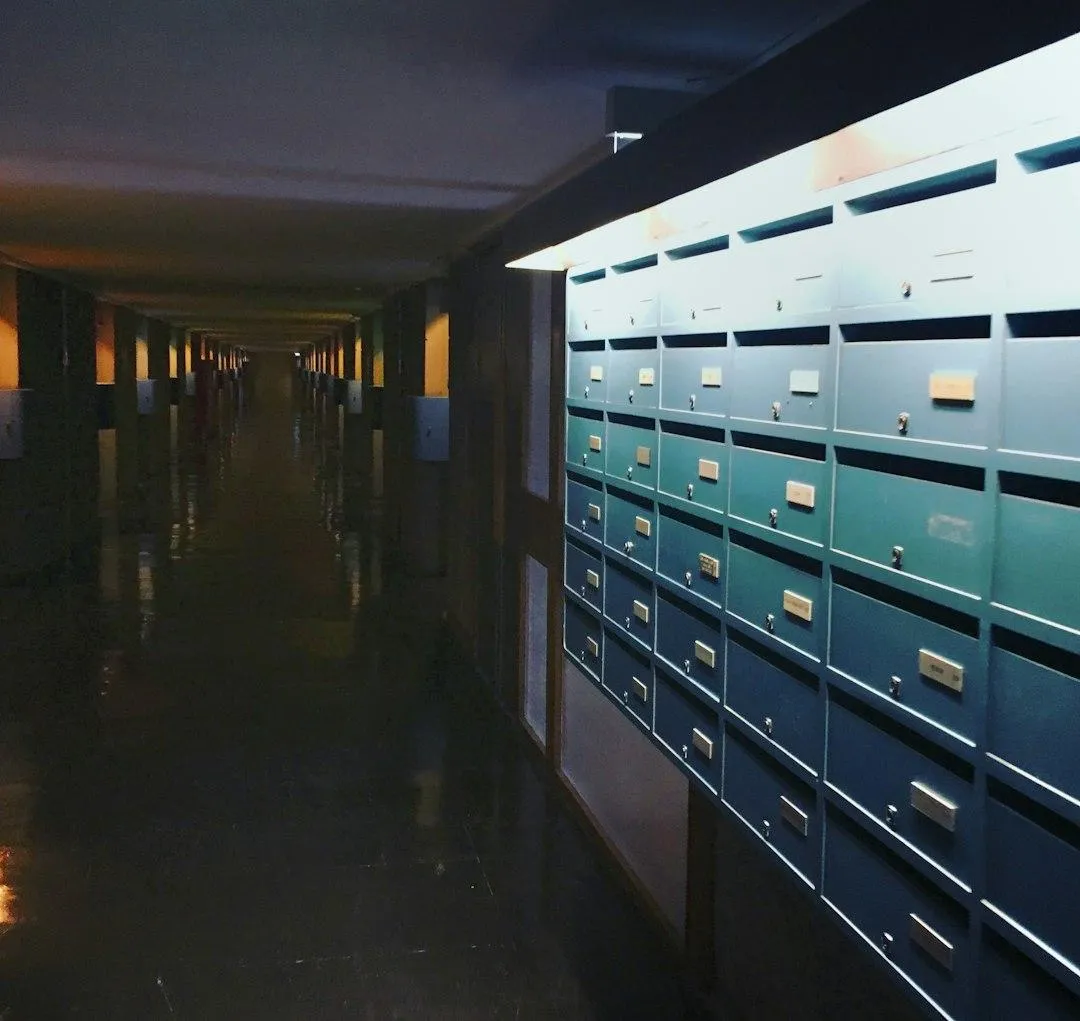
Understanding Security Deposits: What’s Fair and What’s Not
When you rent a home or apartment, one of the first financial hurdles you’ll face is the security deposit. For tenants, it can feel like a big chunk of money tied up. For landlords, it’s an important safeguard to protect their investment. But what’s fair when it comes to security deposits and what’s not?
If you’re renting or managing property in Maryland, especially in counties like Anne Arundel, Prince George’s, or Howard, it’s important to know your rights and responsibilities.
What Is a Security Deposit?
A security deposit is money a tenant pays a landlord upfront, usually at lease signing, to cover potential damages beyond normal wear and tear, unpaid rent, or lease violations.
The key phrase here is “beyond normal wear and tear.” This means things like a broken door, stained carpet, or holes in walls not faded paint or minor scuff marks from everyday living.
Maryland’s Security Deposit Laws: The Basics
Maryland law has clear rules to protect both tenants and landlords:
Maximum Deposit: Landlords cannot charge more than two months’ rent as a security deposit.
Receipt Requirement: Tenants must receive a written receipt for their deposit, even if it’s included in the lease.
Interest Earned: Landlords must pay tenants simple interest on the deposit when it’s returned, depending on how long the tenant lived in the unit.
Deadline for Return: Security deposits must be returned within 45 days after the tenant moves out. If money is withheld, landlords must provide an itemized list of damages with repair costs.
Inspection Rights: Tenants have the right to be present at the move-out inspection, which determines any deductions.
What’s Fair vs. What’s Not
✅ Fair Deductions:
Replacing broken appliances caused by negligence
Repairing large holes in the wall
Removing pet damage (scratched floors, chewed woodwork)
Cleaning excessive dirt, stains, or trash left behind
❌ Not Fair Deductions:
Charging for repainting walls that faded naturally
Replacing carpet that’s simply worn from years of use
Charging for pre-existing issues not documented in the move-in inspection
Deducting for routine cleaning that a landlord would normally do between tenants
Local Insights: Anne Arundel, Prince George’s, and Howard Counties
While Maryland’s state law covers all landlords and tenants, local practices can vary:
Anne Arundel County: With its mix of waterfront homes and military families moving in and out, landlords often rely heavily on security deposits to cover quick turnovers. Documenting move-in conditions is especially important here due to high rental demand.
Prince George’s County: With many multi-unit apartment complexes, tenants should pay extra attention to inspection checklists. Apartment managers are usually strict about documenting damages, so tenants benefit from taking photos at move-in.
Howard County: Known for its family-friendly communities, Howard landlords often focus on long-term tenants. Security deposits here are more about covering property upkeep, so “wear and tear” vs. “damage” disputes can arise more often.
Tips for Tenants
Always attend the move-in and move-out inspections and take your own photos.
Keep a copy of your lease and deposit receipt.
Ask for an itemized list if any money is withheld.
Tips for Landlords
Provide detailed inspection reports (with photos) to avoid disputes.
Stay compliant with Maryland’s 45-day rule.
Communicate clearly with tenants about expectations for move-out cleaning and repairs.
Final Thoughts
Security deposits can be a point of tension, but when both landlords and tenants know the rules, the process is much smoother. In Maryland and especially in Anne Arundel, Prince George’s, and Howard counties transparency and documentation are key.
Whether you’re a tenant protecting your hard-earned money, or a landlord safeguarding your property, understanding what’s fair (and what’s not) helps everyone walk away satisfied.
Call us now or visit www.tbmpropmanagement.com to get started and for expert advice on property renovations that will boost your investment’s value.
